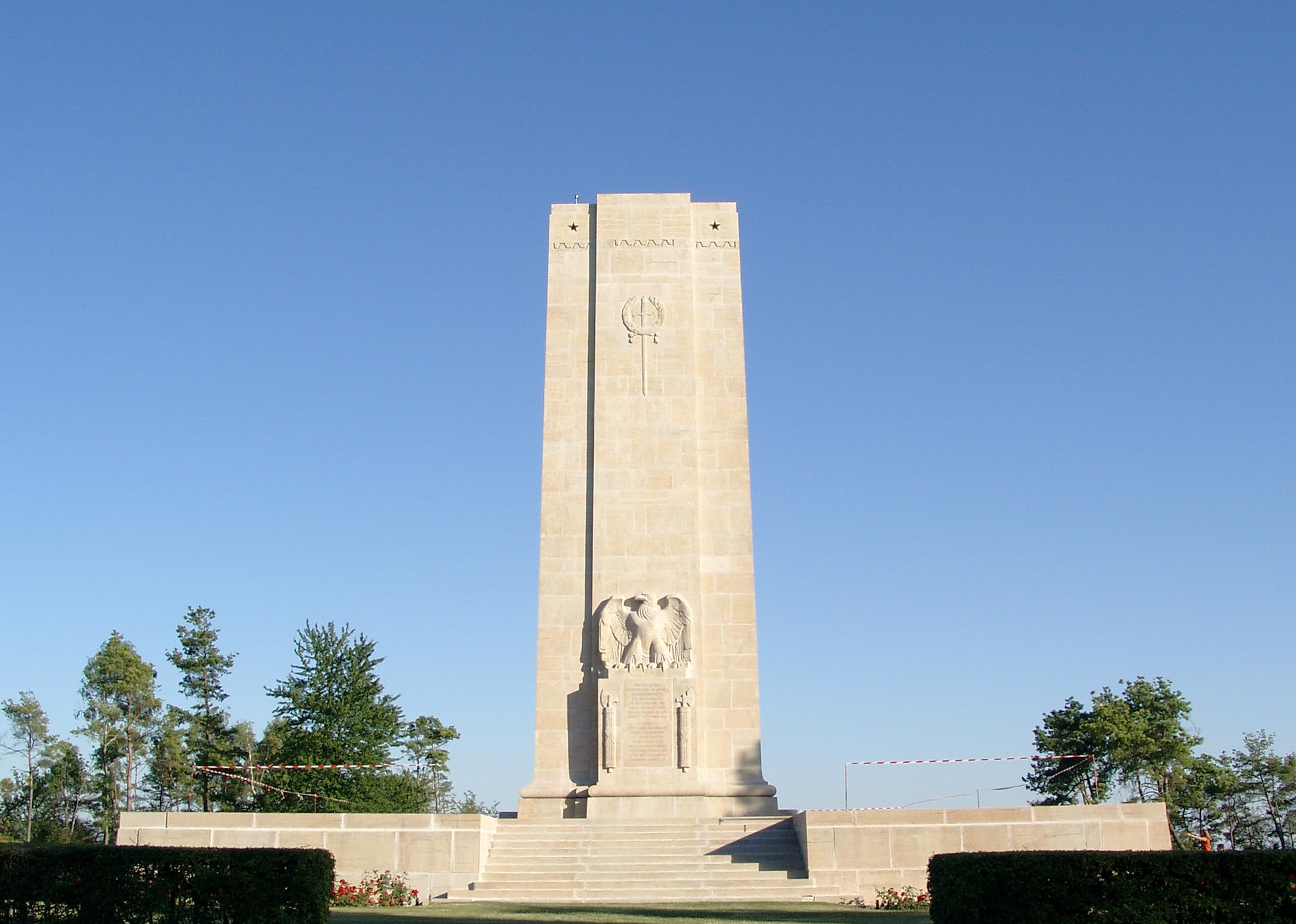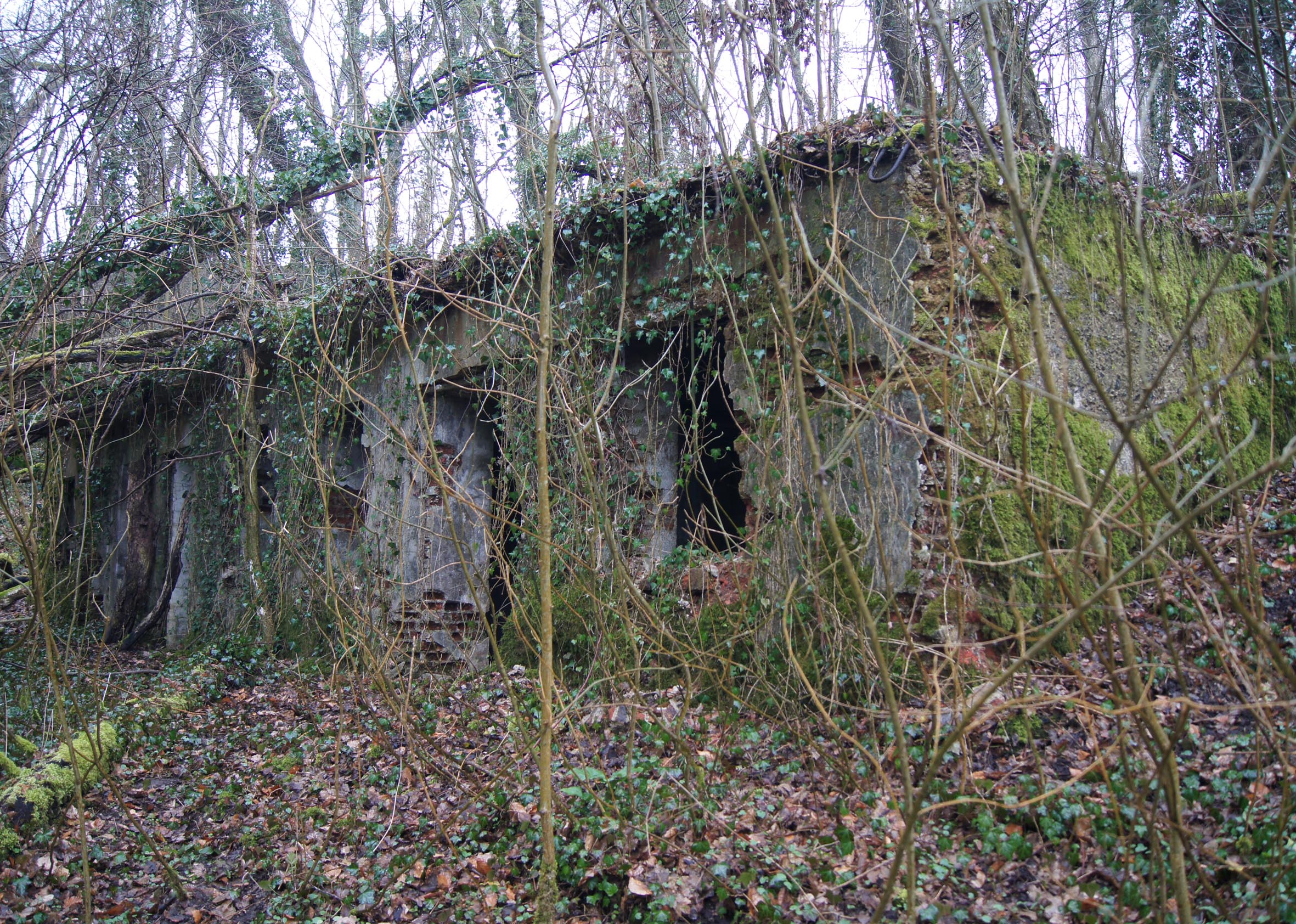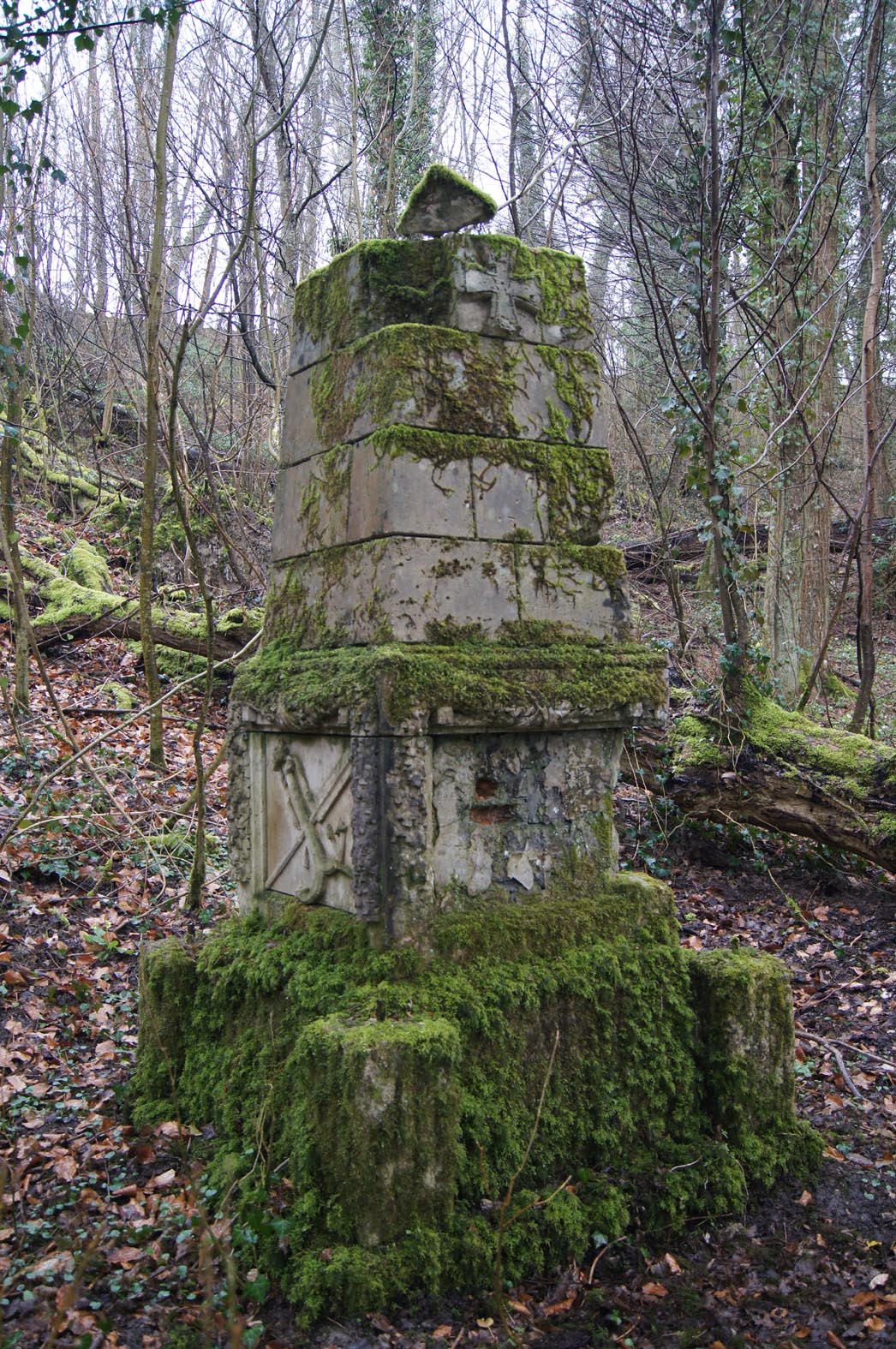Experience the eastern half of the Champagne region, including the famous Kanonenberg (translation: Cannon Mountain) and the Hand of Massiges.
Combats during World War 1 often focused on gaining and holding the strategic high ground, and that is certainly true for the Champagne Region. After the war, a large portion of the Champagne Battlefield became French military training grounds and was closed to the public. However, the Kanonenberg remains accessible and a multi-hour walk around the mountain allows one to view the German installations that made it a fortress. There are also several interesting and impressive monuments, former camps, staging areas and concrete bunkers in the area worth visiting.
Fighting in this part of the Champagne Region already started by the end of 1914, just after the German retreat from the Marne River. In parallel with Franco-British attacks in Northern France, French troops tried to break through the German lines in the Champagne. Weeks and months of heavy fighting resulted in enormous losses without achieving a victory. From late spring 1915 on a quieter period followed, until the second French offensive in late 1915, which failed as well. However, during these fights five villages had been completely erased from the map. Unfortunately, all are currently situated in the military training areas and, therefore, cannot be visited.
This part of Northern France saw major military action again in September 1918. During the Meuse-Argonne-Offensive, the French Army attacked in parallel with U.S. troops and pushed the Germans back until the Armistice.
Tour length and geography can vary based on client availability, interest level and physical ability. Tour length can last from six hours to several days to explore this operation in depth. The walking tour of the Kanonenberg is recommended during winter (November – April) because of the dense underbrush.





